Fried Rice. It is one of my favourite things to cook and to eat. Not only is it delicious, but it is a great way to use up leftovers. It is cheap to make, and it is quick. I don’t know about you, but that ticks all of my boxes. Because I love fried rice so much, whether it’s chicken fried rice, pork fried rice, or any other type, I thought it was high time that I shared my secrets to making it with you. So, here we go.

1. The Rice
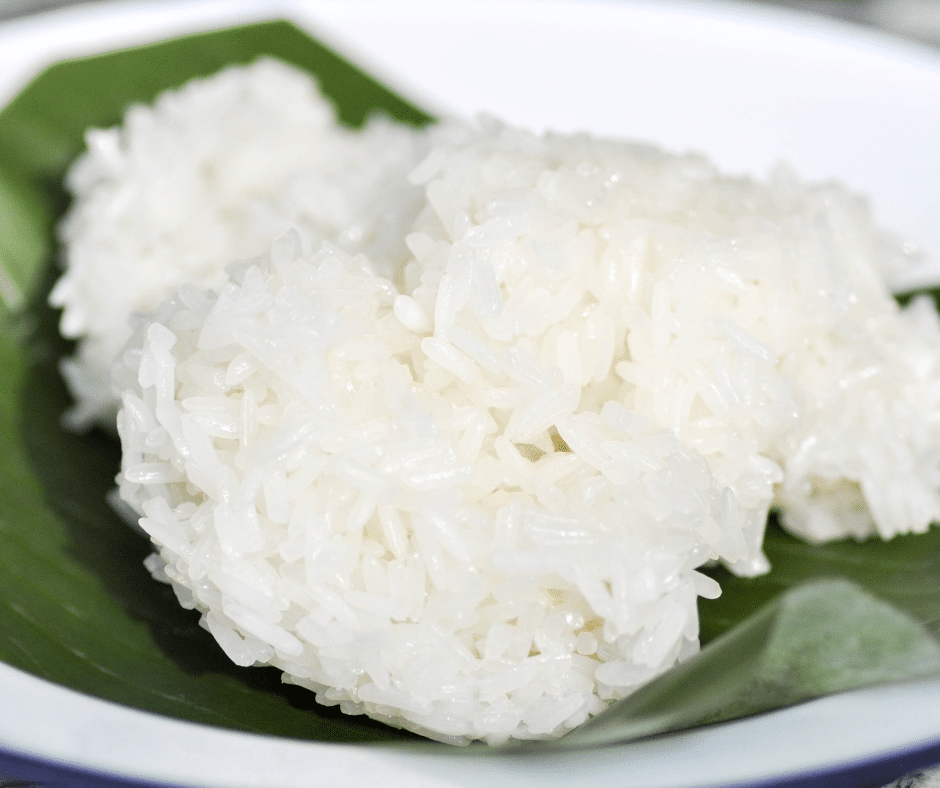
I’ve made fried rice out of almost any kind of rice you can imagine. That is unless you know a lot about rice, then maybe not. In that case, I would like to know why you know so much about rice? But I digress. My point here is that you, too, can make delicious fried rice out of any rice you have on hand. But, and that’s a big but, sticky rice (aka sushi rice) makes the best-fried rice by far.
Sticky rice is the rice that would traditionally be used to make fried rice (and sushi). If you use basmati or something like that to make fried rice, you will notice that it gets very soft. Sticky rice, on the other hand, when fried, will develop a little chew to it. It gets a little bite, which adds a nice texture to the fried rice. It also adds to the overall flavour of the dish in a way that basmati or another rice just doesn’t. On a side note, sticky rice is also much easier to eat with chopsticks.
Fresh versus Day Old Rice
There is some debate about whether it is best to use fresh rice or leftover, day-old rice to make fried rice. The argument from the leftover crowed is that the rice has time to dry out a bit in the fridge. In all honesty, I used to be of this mind. However, I’ve changed my view. I find that when using sticky rice, there is no need to use leftover rice. It will cook up perfectly well straight from the pot to the wok. The added bonus to this is that you don’t have to wait twenty-four hours for your rice when you get hit with a fried rice craving. Having said that, if you have leftover rice, of course, you can use that to make fried rice, it is the perfect application for it. But, if you want fried rice and don’t have any leftover rice, there is nothing to worry about.
2. Meat
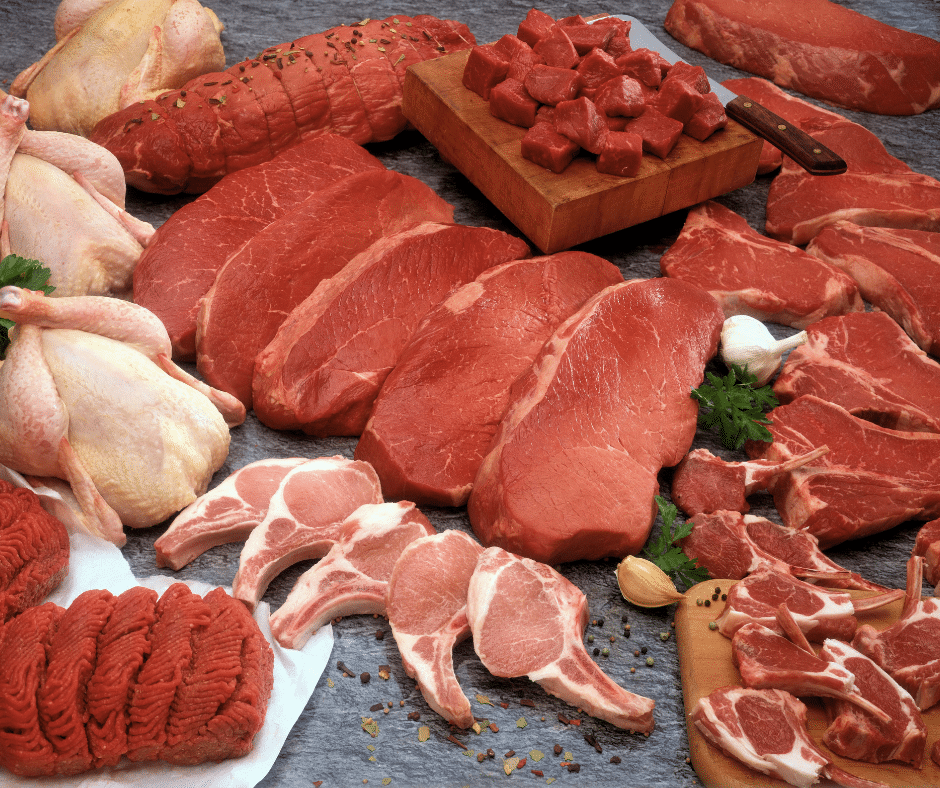
I like meat in my fried rice, probably because I like meat in just about everything. If you don’t want meat, that’s fine, but I feel like I should talk about it. One thing that I really love about fried rice is that it is a great way to use up leftovers. So, if I have leftover pork chops, steak, chicken, turkey, duck, bison, scallops, salmon, whatever it is, you better believe that it is going in some fried rice. Of course, you don’t have to use leftovers to make fried rice, but it is a great way to stretch and use up last night’s dinner.
If I am using leftover meat to make my fried rice, I dice the meat into small cubes, reheat and brown it in a hot wok or frying pan, take it out, make the rest of my fried rice, then add the meat back in. If I am using fresh meat, I follow the same steps, except I leave the meat in the pan the whole time I’m cooking. For fish, I will usually cook it separately then mix it into the rice at the end.
3. Vegetables
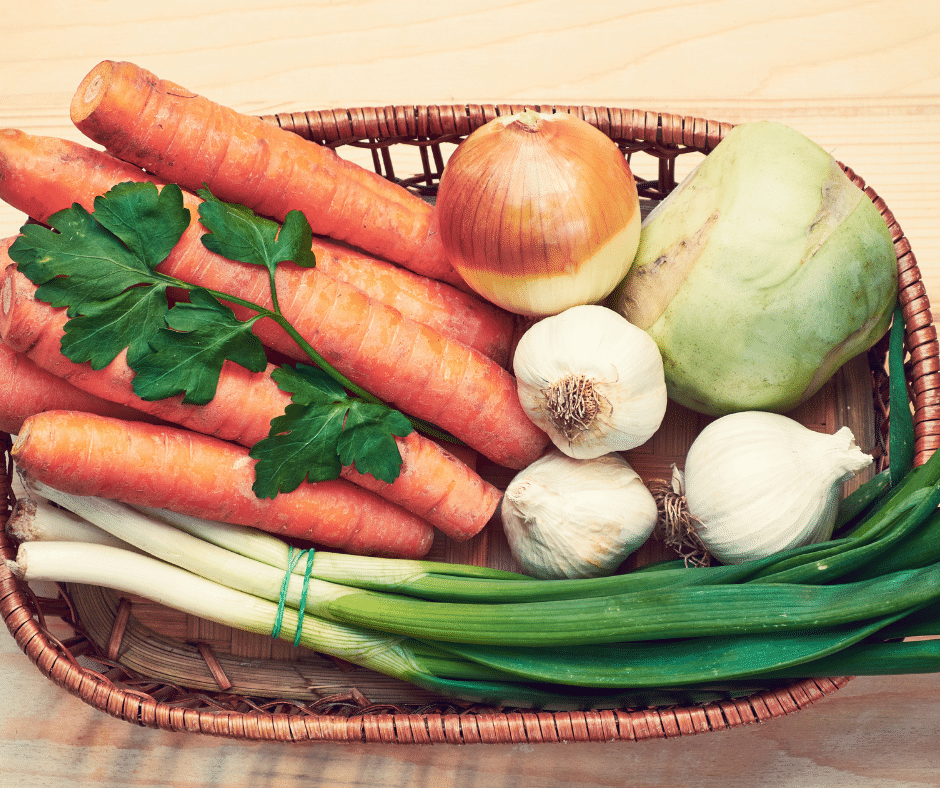
When it comes to the vegetables I like to add to my fried rice I usually keep it pretty simple. I have three ingredients that I just about always add. They are onion, carrot, and celery. Along with those, I often add green onions (the whites at the beginning of cooking and the greens at the end of cooking), peas, and sometimes cabbage or bok choy or kimchi. Obviously, you can add whatever you’d like. It is best to cut all the vegetables about the same size, so they cook evenly. As fried rice is supposed to be a quick dish, I like to cut the vegetables small, about the size of a pea.
When cooking the vegetables for fried rice, I find that it is important to get a little colour on them. When you think about fried rice, there really isn’t a lot going on. There aren’t a lot of ingredients or flavourings being added. That means that the ingredients that are being used have to bring a lot to the party. Getting some colour on the vegetables will add a tonne of flavour to the dish with little to no extra effort. We will talk about this in a little more detail in a second.
4. Flavourings
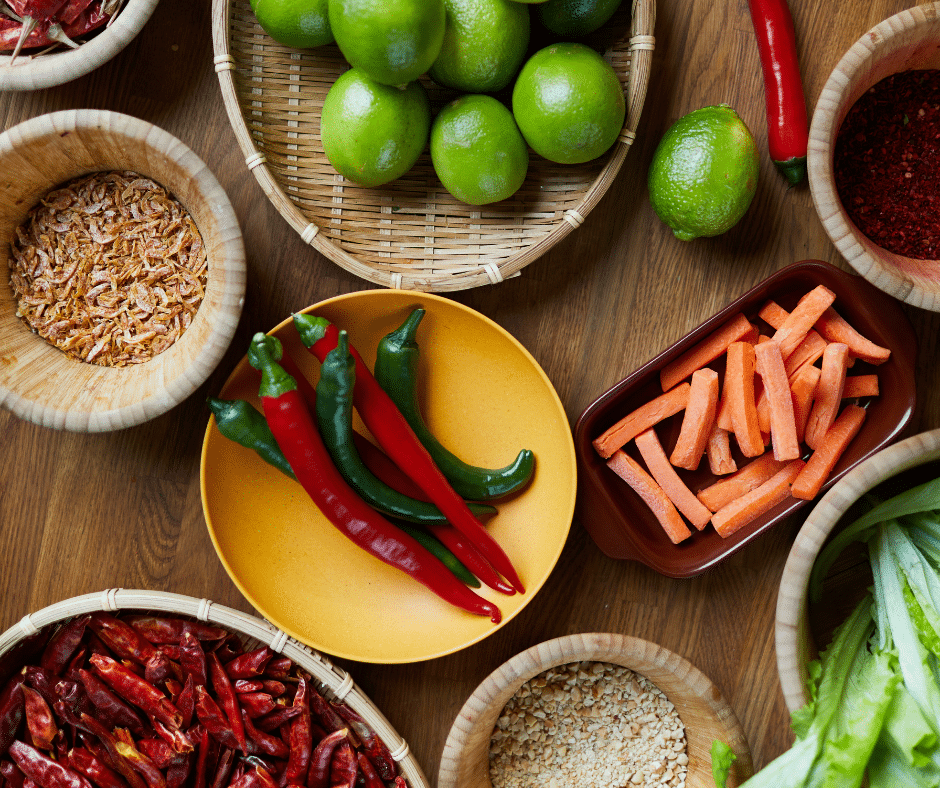
There are a lot of things that you can add to fried rice to give it flavour. My go-to flavourings are garlic, ginger, chilli, salt, a pinch of sugar, and of course, soy sauce. However, I sometimes make kimchi fried rice, in which case the kimchi provides the bulk of the flavour. Sometimes I will add a few spoon fulls of sambal to add a bit of a kick to the rice.
The soy sauce in fried rice kind of does double duty. It adds flavour and saltiness of course, but it also adds colour, turning the white rice kind of brown. I’m sure you noticed that I said I like to add salt and sugar to the rice. Now, why add salt when I’m using soy sauce? I find that soy sauce and salt, though both are “salty”, they are salty in different ways. Of course, this depends on the soy sauce you are using. But, I do usually add a pinch of salt in along with my soy sauce. Of course, you should taste your rice after adding the soy sauce before you decide if you should add salt or not. As for the sugar, I find that a very small amount will go a long way. You probably won’t even know it’s there, but a side by side taste comparison of the same fired rice with and without sugar would make the reason for it obvious. It enhances all the other flavours.
Egg
All good fried rice has an egg stir-fried into it. The egg will help bind the rice but also adds a tonne of flavour. Once the rice is done, push it all to the side of the wok or pan, making a well in the center. Add a touch of oil, then break an egg into. Let the egg cook for a few seconds, then scramble it and mix it into the rice. This may sound crazy, but it isn’t a bad idea to overcook the egg here. You won’t notice it texturally, but it will add a lot of extra flavour to the rice.
5. Cooking
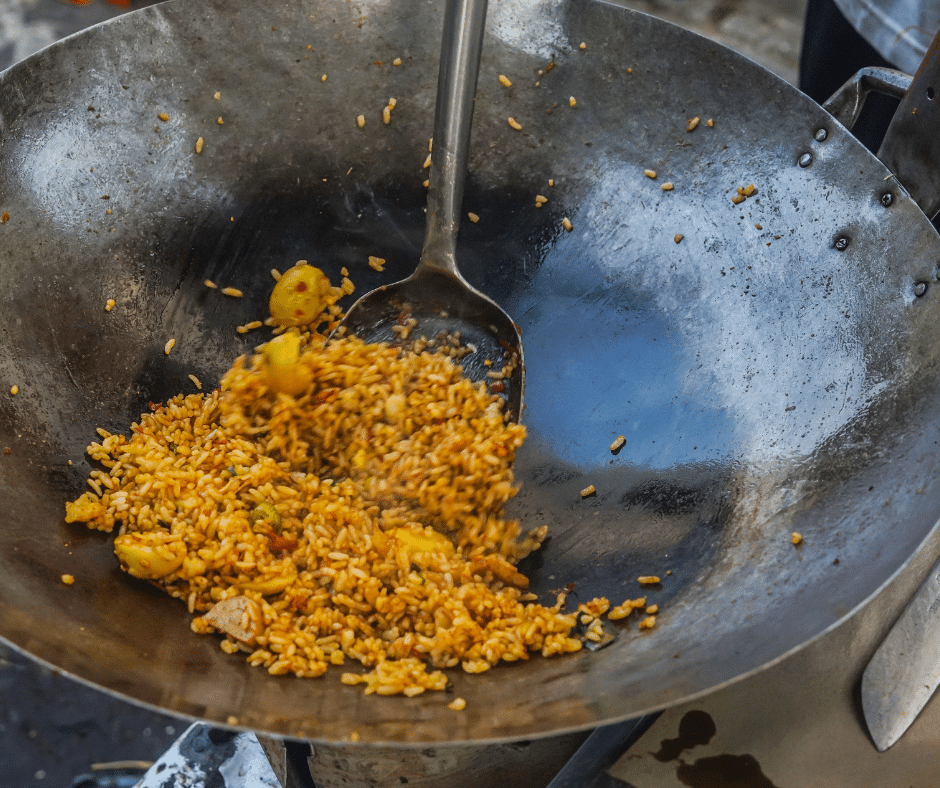
At this point, we’ve talked about all the things that you can and should add to your fried rice, but none of that matters if you don’t cook it properly. The key to great fried rice or any stir-fry for that matter, is heat. The wok or pan has to be hot, like hot. Heat it up over medium-high to high heat. Add in a touch of oil the start by cooking and browning your meat. Next, add in the vegetables, cook and brown those. Next, add in flavourings like ginger and garlic, those will only take a few seconds. In goes the rice, which you should also cook to brown a bit. A little crispy rice never hurt anyone and will add a nice textural change to the rice. Once the rice is hot and a little brown, add in the soy sauce, sugar, and salt. Cook for another minute or two, then add your egg. Once the egg is mixed in, add the greens from the green onions, taste the rice, and season as needed with a bit more salt and pepper.
Conclusion
Making fried rice is a great way to use up leftovers, stretch meat and vegetables, or throw together a quick meal. Hopefully, with the tips I’ve shared in this post, you can approach fried rice with more confidence and learn to love such a humble dish.
Thank you for reading the post. If you liked it, remember to share it on Facebook, Pinterest, or Twitter by clicking the icon to the left of the right of the page. Did you know that Chefsnotes.com has almost 400 posts just like this one? Don’t ever miss a post again. Become a Chef’s Notes member right here. You will be notified of every new post. And if you would like to know more about me, click the link below to read my story.


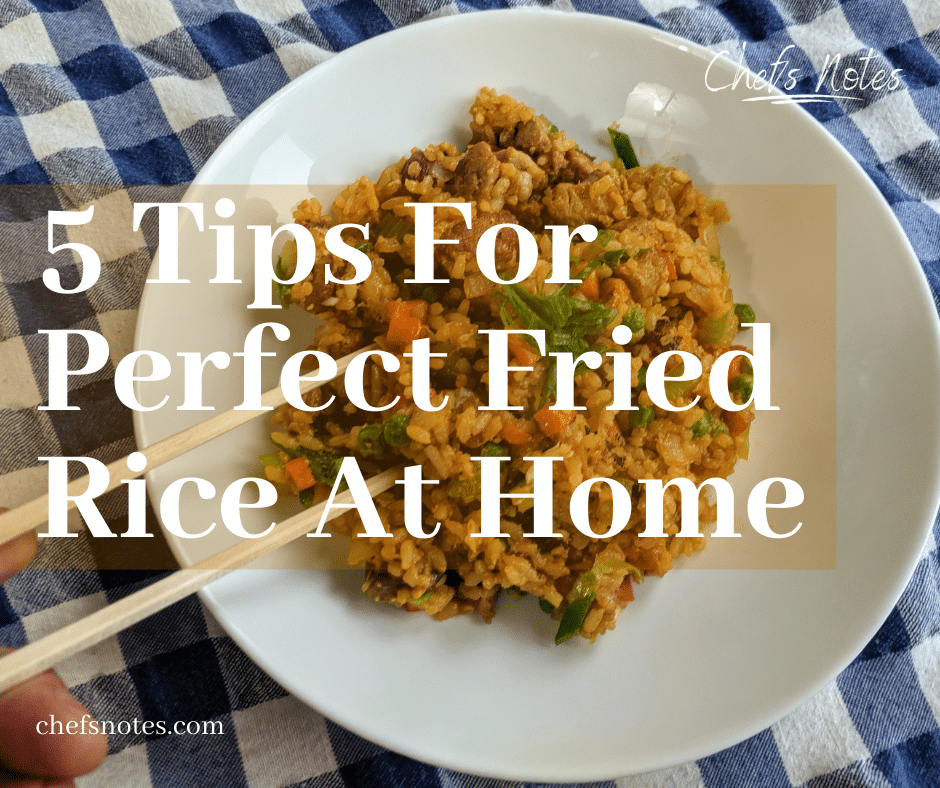
0 Comments
Trackbacks/Pingbacks